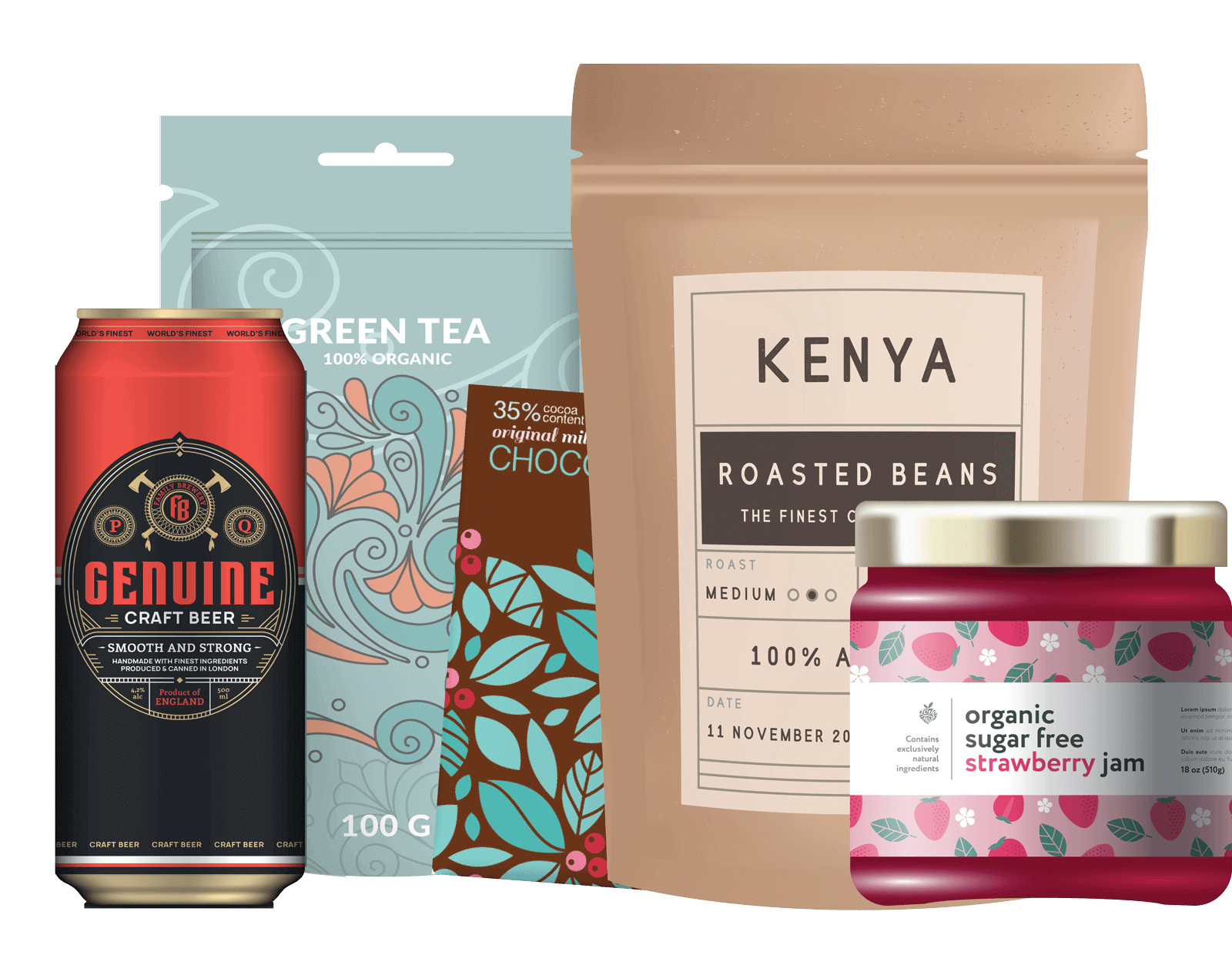If you’re a producer of pharmaceuticals, nutraceuticals, cosmetics, or toiletries, you will undoubtedly be using jars and tube packaging for your products. Each one comes with its own benefits. For example, glass has been known as trusted and proven packaging for overall health, taste, and the environment. It also has the Food and Drug Administration (FDA) status of GRAS — or Generally Recognized as Safe — the highest standard for a packaging material.
Glass Jars
Glass has been used for generations for medicine packaging. It’s sustainable and made from the raw materials of soda ash, sand, and limestone.
If you’re using glass jars for your products, you’re probably already aware of its benefits. For example:
- Glass is 100 percent recyclable and can be recycled over and over with no loss of quality or purity.
- 80 percent of recovered glass is made into new glass products, including jars and bottles.
- A glass container can go from a recycling bin to a store shelf in approximately 30 days.
- Glass is both impermeable and non-porous. There are no chemical interactions between the container and its products with the outside so the products remain unaffected.
- It protects its contents from moisture and oxygen so that the product’s shelf life and contents are preserved.
Plastic Jars
Plastic jars are also popular for pharmaceutical products. Various types are used for jars — such as PET and PP — for the benefits they offer.
For example, among the packaging materials, PET provides high sustainability. It can be completely recycled and is lightweight and essentially unbreakable. Among its benefits are:
- PET can be completely recycled.
- It is lighter than glass which helps reduce transporting costs, takes less fuel in shipping, and lowers CO2 emissions.
- PET jars can use less space on store shelves. This results in lower costs for you.
- PET increases the shelf life of your products due to its excellent barrier properties.
- PET offers a barrier against temperature, UV light, and oxygen.
- PET is far less breakable than other materials. When Injection Stress Blow Molding (ISBM) is used, the jar is nearly unbreakable.
- PET is also cost-effective due to its weight savings during transport, the actual production of it, and its final packaging.
- PET is also more economical in its energy use when compared with glass and aluminum.
PP is also an up-and-coming plastic for use with your pharmaceutical products as well as in other markets. For example, a coextrusion blown plastic jar solution can result in an 80 percent packaging reduction when compared to glass jars. When layered with ethylene vinyl alcohol (EVOH), a PP jar can provide a shelf life of up to 12 months. PP jars can also withstand temperatures of up to 120 degrees, making them ideal for sterilization and pasteurization.
Tube Packaging
Tube packaging is very popular for many products including pharmaceuticals, cosmetics, toiletries, and miscellaneous household products. Packaging tubes are sold by those who deal in all kinds of packaging products as well as those who specialize only in tubes.
What is tube packaging for? Among the products that come in plastic or metal tubes are:
- anti-fungal preparations
- balms
- cosmetics
- creams
- dental products
- ear preparations
- gels
- lotions
- moisturizers
- ointments
- optical preparations
- skin care products
There are also a wide variety of closure options that include screw-on caps, plugs, and cardboard or plastic tops that work as secondary barriers once the main cap is removed.
Tube packaging is also becoming well-recognized as a solution for these products as they help prevent the more rapid contamination seen when jars are used. For example, once a jar of cream is opened, the product is repeatedly exposed to air, resulting in the introduction of airborne contaminants as well as those that are already on the skin. Tubes can go far to prevent this.
When determining if a jar or tube is the solution for you, it is important to find out what kind of packaging is right for your products. Do you need plastic glass, or metal? What kind of shelf life are you looking for? How would your product fare when constantly exposed to the air? Would tube packaging help maintain your product’s purity for longer?
If you’re not sure where to begin your jar and tube packaging solutions journey, you’ll need to obtain a highly knowledgeable consultant who can advise you of the best packaging for your products. They should be aware of the latest regulations surrounding your packaging needs and have access to many numerous suppliers.
Choosing the right packaging solutions for your products can be difficult and vital to your branding. MJS Packaging offers the best customer service and lowest prices for your product packaging. We have exclusive access to manufacturers from all around the world, so we can advise you on the best bottles, tubes, closures, caps, and other packaging needs you require.




